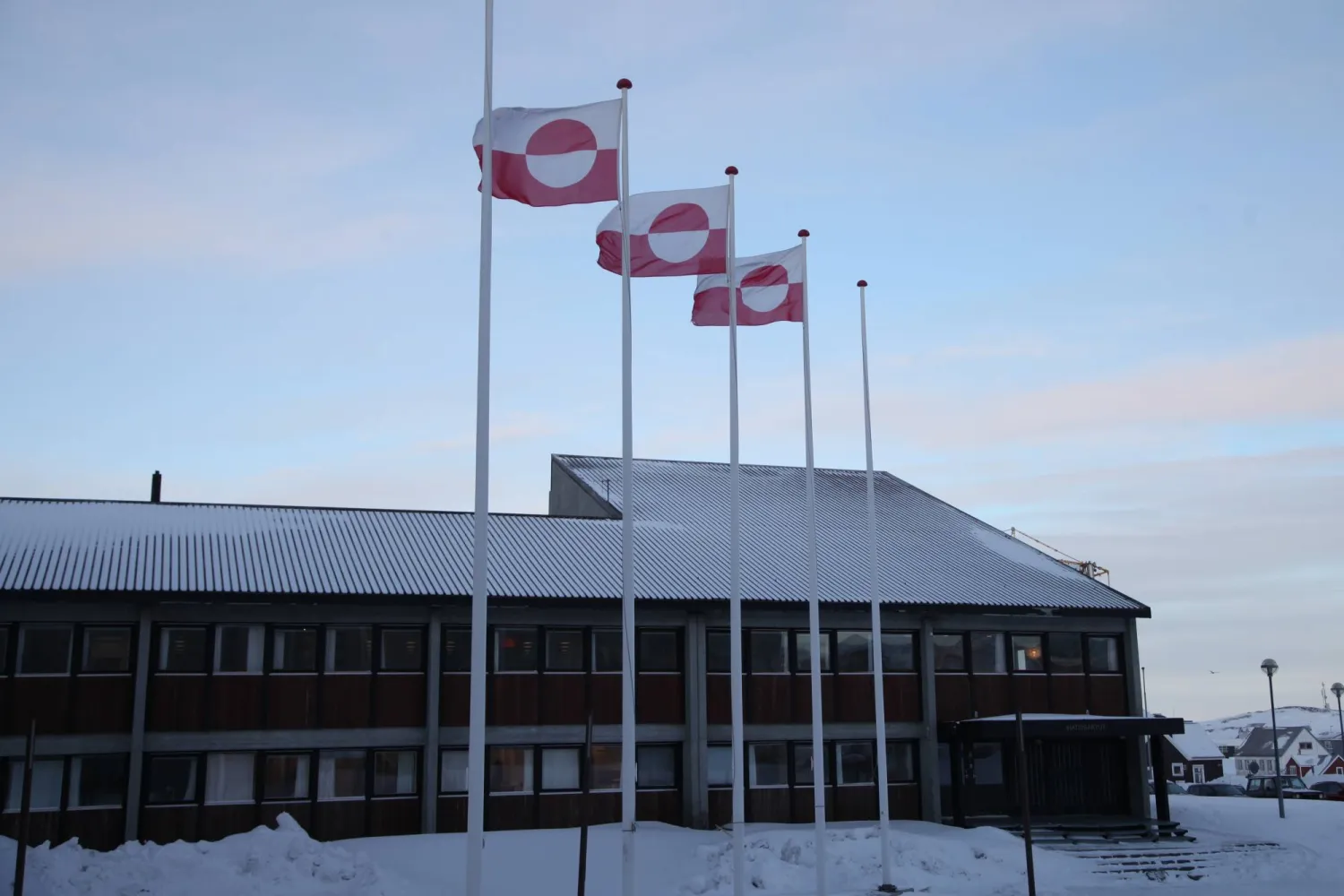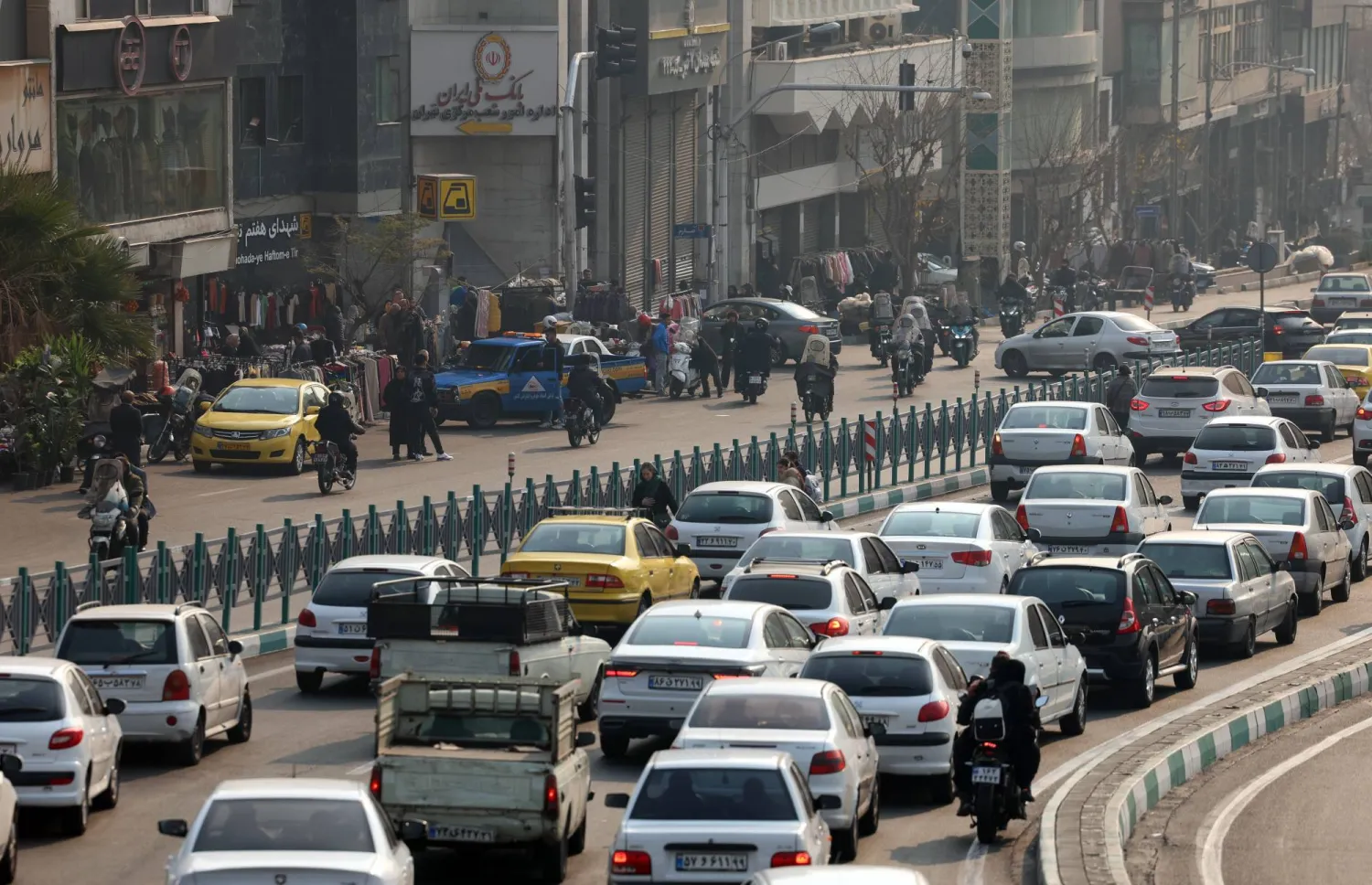Over the past two decades, the Middle East and North Africa (MENA) region has been characterized by deep divisions, political turmoil, and inadequate governance.
Geopolitical competition and increased ambitions of some countries (Iran, Israel, Turkey) were reflected in bold and unilateral foreign policies that in many cases exceeded longtime restrictions imposed by partnerships with foreign powers and conflicted with regional agendas.
In the MENA region, drones have become an essential part of the political and security dynamics and one of the aspects of competition between the region’s countries.
Drones have reached unprecedented levels of sophistication, expanding their use from a specialized military tool available only to Israel and the US in 2001 to the relatively cheap, high-tech weapons in the arsenal of a growing number of countries.
The global drone market is expected to attract nearly $100 billion in investment over the current decade, with a 30% increase in spending on research, development, and procurement. This underlines the growing strategic importance of drones within the defense systems of many countries.
Drones, or Combat Unmanned Aerial Vehicles (UCAVs), have captured the attention of many governments in the Middle East and made headlines due to their advancing role in the region’s conflicts, including Libya, Syria, and Iraq.
Currently, thirteen countries in the region operate combat drones or are in the process of acquiring them. Four of these countries are at the point of exporting their drones to regional or foreign countries.
Turkey
Turkey’s rapid and dynamic rise to the club of countries that owns armed drones was remarkable, not because of its leadership in using these drones in conventional combat operations, but rather for the major role that Ankara may play in the global market in the near future.
Among Turkey’s trading partners in the region are Qatar, Tunisia, and the Libyan Government of National Accord in Tripoli.
Doha recently received the first batch of six Bayraktar TB2 combat aircraft and three ground control stations, according to a deal signed in 2018.
Meanwhile, Tunisia signed in early March 2020 a contract worth $240 million with the Turkish Aerospace Industry to purchase six (Anka-S) combat drones with three control stations and training services.
Moreover, Azerbaijan signed a contract to purchase combat drones from Turkey.
Baku wants to deploy the acquired drones against Armenian forces in the disputed Nagorno-Karabakh region. This was made possible after the Azerbaijani parliament recently approved bilateral military cooperation with Turkey.
Iran
Iran and Arab countries are racing to develop their drone capabilities. Chinese platforms, especially the Wing Loong series produced by the Chengdu Aircraft Industry Group since 2015, are popularly used by Iran.
The (Cai - Hong - CH 4B) produced by China’s State-owned Aerospace Science & Technology Corp is also being used.
These models have already been used in special operations. In parallel, some countries are boosting their local industries and have invested in local models.
Iran has made significant progress with its drone technology. A 2019 report by the US Defense Intelligence Agency describes drones as “Iran’s fastest-growing air capability.”
In Tehran’s military strategy, drones represented a cost-effective solution in terms of enhancing information-gathering, reconnaissance, attack capabilities and compensating for traditional structural deficiencies.
Israel
Israel has a leading position among the dominant countries in the field of drones, and it may come second only to the US.
Until 2014, Israel remained the world’s leading exporter of drones, accounting for 61% of global exports.
The most prominent Israeli drone (MALE), of the (Heron - TP) class, can perform strategic missions at an altitude of more than 13,000 meters and a flight time of more than 30 hours, thanks to a variety of sensors and munitions with a maximum payload of up to 2700 kg.
This aircraft can operate via satellite with an automatic take-off and landing system. It can also operate autonomously in harsh weather conditions and adapt to emergency missions.
It’s noteworthy that Israel does not sell its advanced aircraft to any of the countries in the MENA region due to constant concerns about the threat posed by its Arab neighbors.
In other words, Israel is absent from the regional market for drones, and its exports target European countries like Germany, Britain, and Latin American and Asian countries, where India tops the list in terms of spending.









